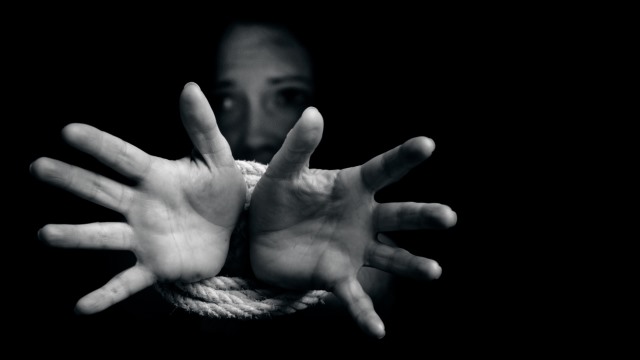SOURCE: jamaicaobserver.com
A United Nations (UN) report released this week on human trafficking should be of great concern to all well-thinking people, especially here in the Caribbean.
According to the United Nations Office on Drugs and Crime (UNODC) 2016 Global Report, while 28 per cent of trafficking victims worldwide are children, the Central American and the Caribbean share of that is 64 per cent.
The report also told us that the vast majority of all human trafficking victims — 71 per cent — are women and girls, and one-third are children.
“Trafficking for sexual exploitation and for forced labour remain the most prominently detected forms,” the UNODC’s Executive Director Yury Fedotov was reported as saying. “But victims are also being trafficked to be used as beggars, for forced or sham marriages, benefit fraud, or production of pornography.”
The report, we are told, disaggregates data on the basis of gender, finding that women and girls are usually trafficked for marriage and sexual slavery. However, men and boys, it said, are trafficked into exploitative labour, including work in the mining sector, as porters, soldiers and slaves.
Human trafficking is easily one of the most horrendous crimes and a grave violation of human rights by nefarious individuals bent on profiting financially from the inhumane treatment of other people.
Jamaica is thankfully among the 158 countries worldwide that have criminalised most forms of human trafficking, as outlined in the UN Trafficking in Persons Protocol. We are encouraged by the fact that those 158 countries represent an increase from 33 in 2003. However, as the UNODC notes in its report, while this increase has helped to assist the victims and to prosecute traffickers, the average number of convictions remains low.
The findings show that there is a close correlation between the length of time the trafficking law has been on the statute books and the conviction rate. “This is a sign that it takes time, as well as resources, and expertise to chase down the criminals,” the agency said.
Locally, we are aware that an Integrated Trafficking in Persons Information System and Database, developed by the Ministry of Justice and United Nations Development Programme in August 2015, is being used to support the authorities’ efforts to combat human trafficking.
The database, we understand, provides general support for improving policies and programmes targeting prevention, protection and prosecution in human trafficking matters. Additionally, it is capable of identifying new and emerging trends, which is extremely important in today’s world where mass migration is proving a challenge to a number of countries.
Indeed, the United Nations High Commissioner for Refugees (UNHCR) has reported that, at the end of 2015, more than 65 million people were forcibly displaced worldwide as a result of persecution, conflict, violence or human rights violations.
While we accept that victims of trafficking are not always migrants, they make ready prey because, as the UNHCR points out, “the stories of victims of trafficking often start as brave attempts to improve their life, as is also the case with many migration stories”.
Here in Jamaica, we hope that the authorities remain vigilant and increase the use of technology to not only safeguard our borders from this scourge, but also protect people from being exploited.































